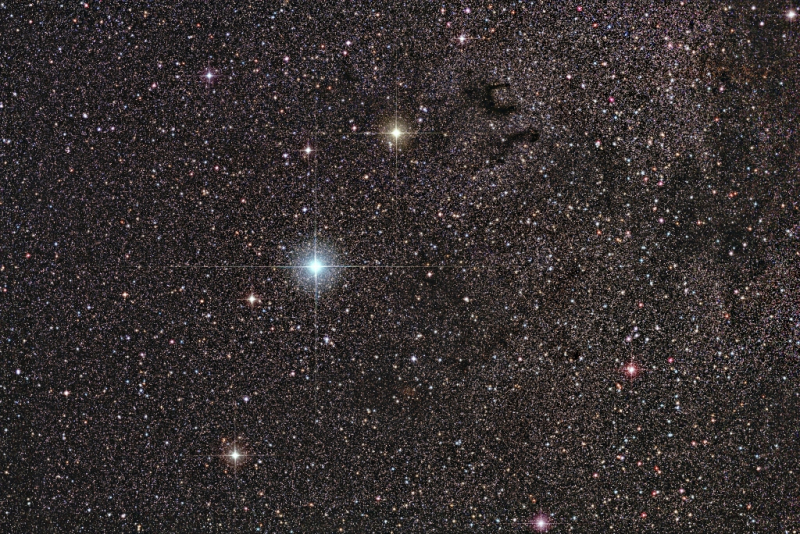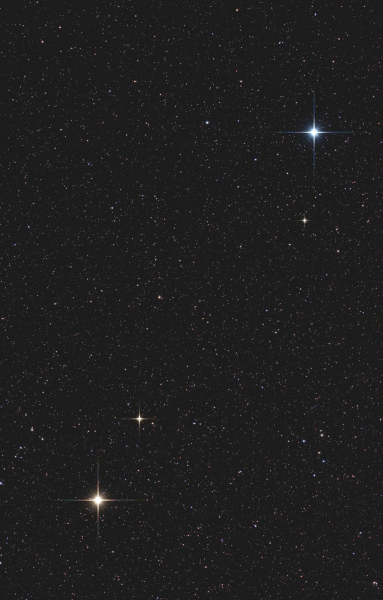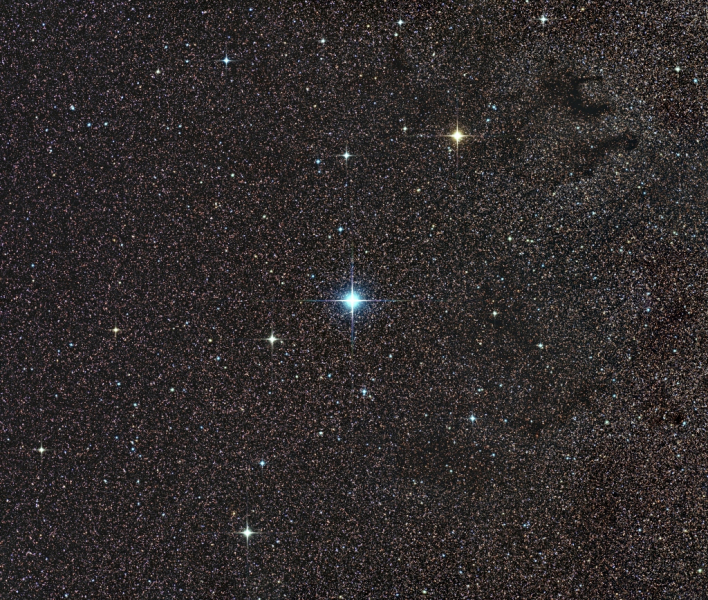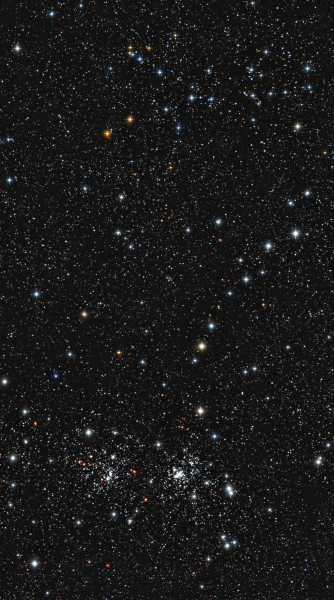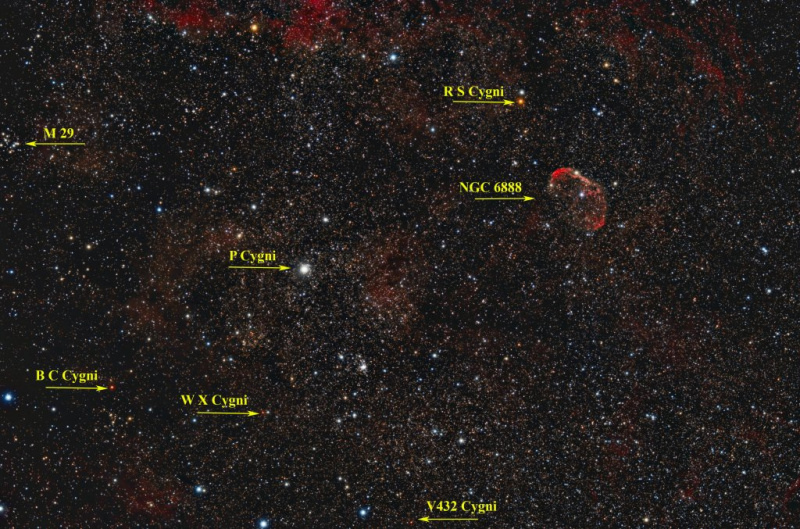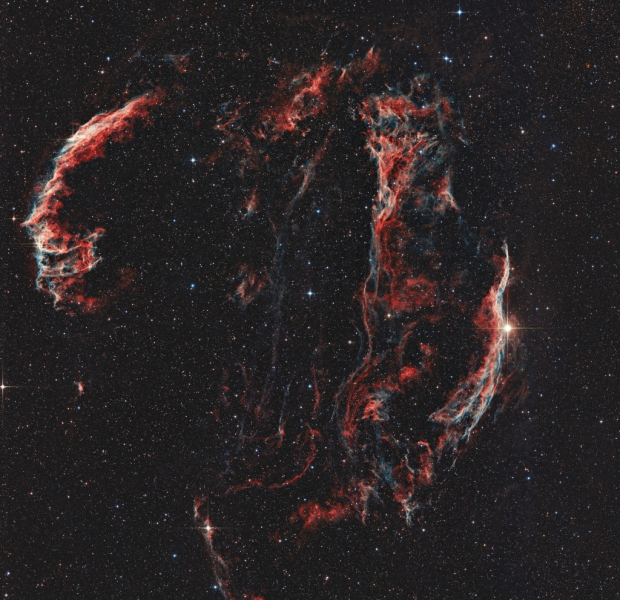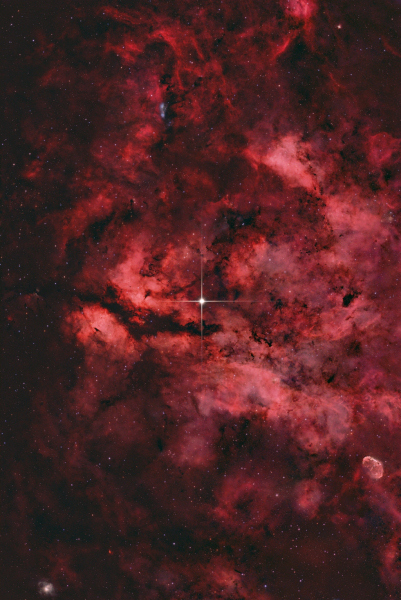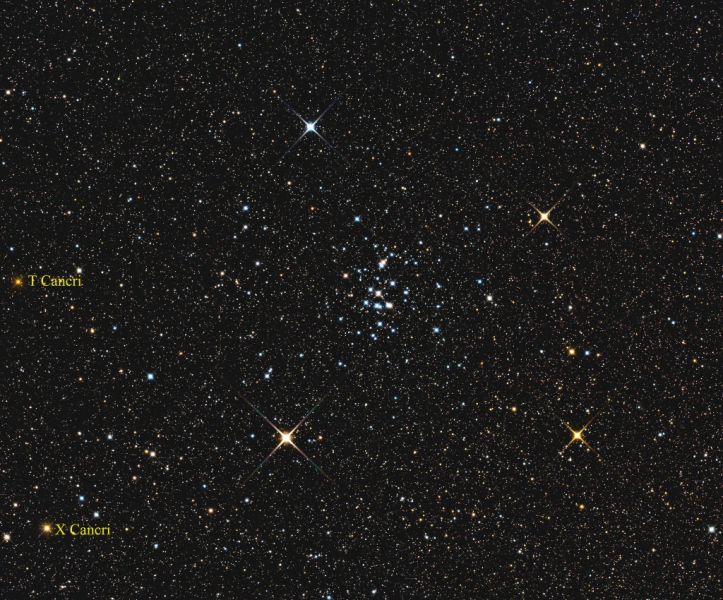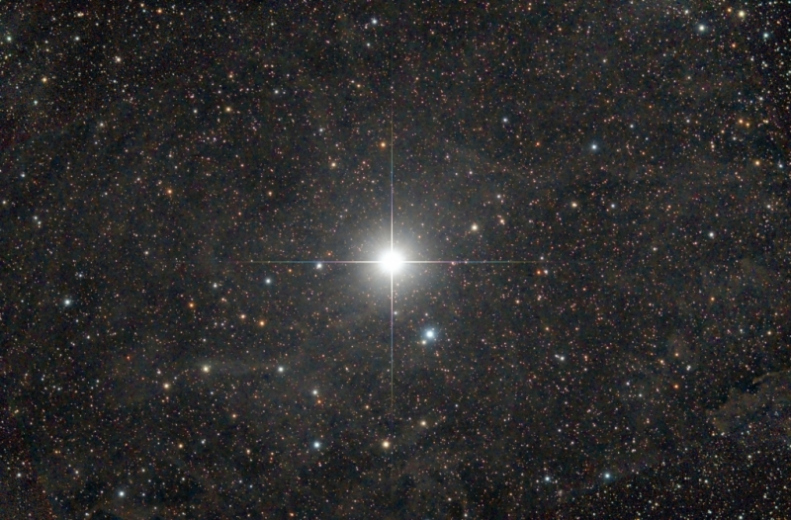Picture of the Week for this week is the Crescent nebula region.
The Crescent nebula (NGC6888) region hosts a bunch of very interesting stars as well as the (odd?) Messier object M29 (also called the Cooling Tower), which I have a real difficulty in mistaking for a comet.
P Cygni (SAO69773, 34 Cygni) is a hypergiant luminous blue variable (LBV) of spectral type B1-2-1a-0ep and apparent magnitude 3 – 6 (currently 4.82). It is one of the most luminous stars in the Milky Way.
R S Cygni (SAO69636) is a Carbon star of spectral type C5II, and apparent magnitude 7.099 – 8.496.
B C Cygni (HIP100404) is a red supergiant pulsating variable of spectral type M3.51a and apparent magnitude 9 – 10.8.
W X Cygni (SAO69801) is another Carbon star of spectral type C8e: and apparent magnitude 9.7 – 11.182.
This image was acquired using the Sky90 MiniWASP array and comprises 18 x 10-minute subs captured using 3 x M26C 9Mpixel OSC CCDs.
There is another very red star (possibly a Carbon star) sitting in the centre bottom edge. I have not been able to identify this star. Update on this star. I sent the image off to Noel Carboni and using Stellarium he managed to identify the star as V432 Cygni, a C5,5 Carbon star of magnitude 9.06. Thank you Noel 🙂

